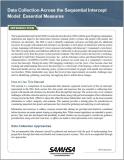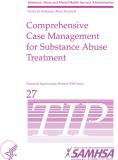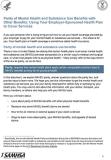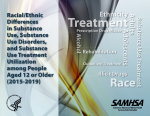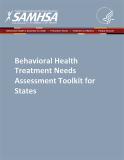
This toolkit discusses the prevalence of mental illness and substance use disorders in the United States. It describes behavioral health needs and service use, and offers guidance for determining the appropriate mix of behavioral health benefits, services, and providers.
Units per Product
Download
Treatment Assessment Toolkit for States
File Type: PDF
File Size: 1.35 MB



